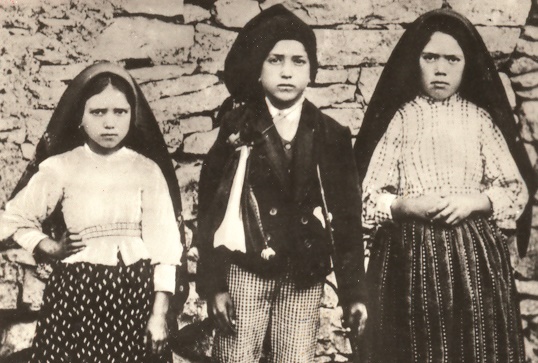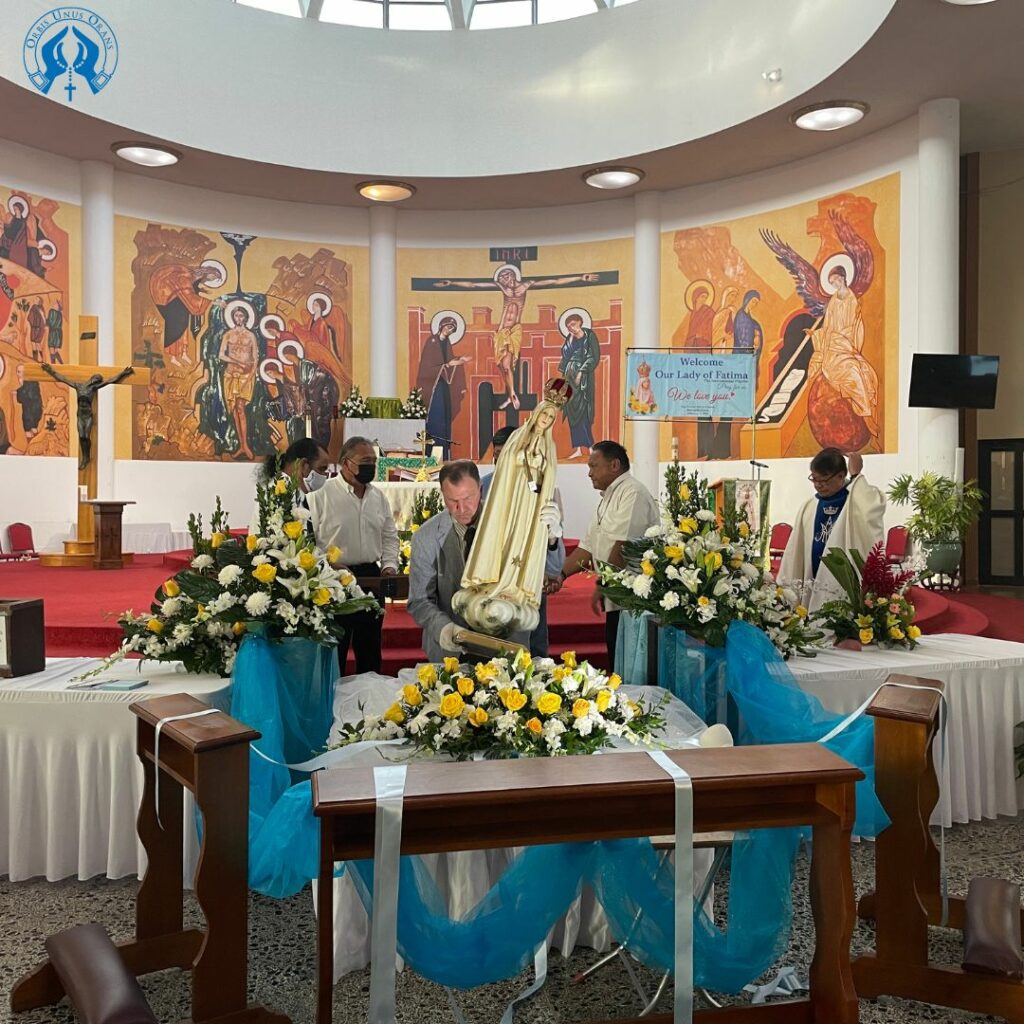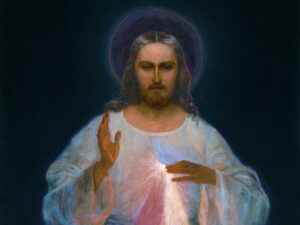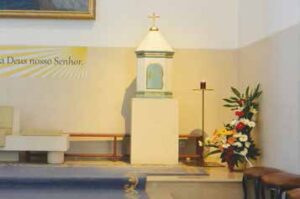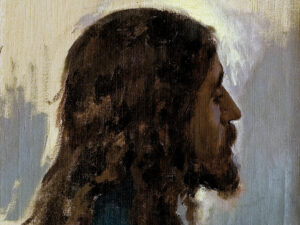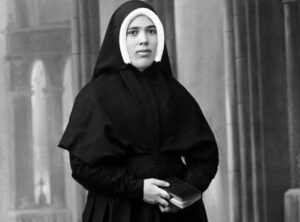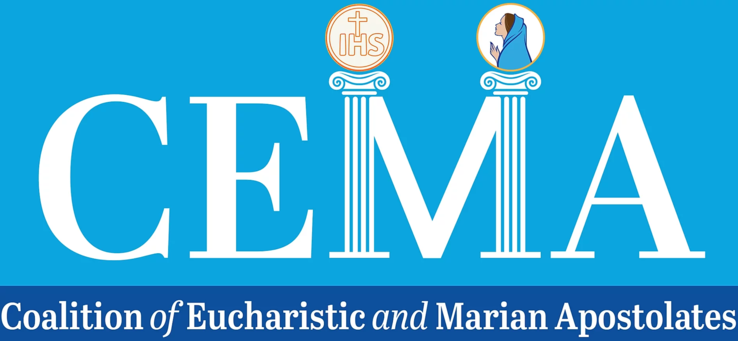by Donal Anthony Foley –


Catholics are living through Lent this year at the same time the world is gradually coming to terms with the COVID 19 pandemic – a pandemic that has caused widespread problems for people across the globe. If we go back 100 years, the Spanish flu was likewise wreaking havoc around the world, and in reality, it caused many more deaths than COVID, including those of St. Jacinta and St. Francisco of Fatima.
Both children suffered greatly due to the flu epidemic, but these sufferings were not the only ones they experienced. We know that soon after they first saw Our Lady in May 1917, they embarked on a spiritual journey that included much bodily mortification.
Thus, Lent, a time when the Church has traditionally encouraged believers to undergo the mortifications of fasting and abstinence, is a good time to look at the way the Fatima seers mortified themselves and how this might influence our own penitential practices.
It is noteworthy that from the very first apparition, Our Lady stressed that the reparation she was asking of the children would involve sufferings for them. She said, “Are you willing to offer yourselves to God and bear all the sufferings He wills to send you, as an act of reparation for the conversion of sinners?” When Lucia replied that they were, Our Lady said, “Then you are going to have much to suffer, but the grace of God will be your comfort.”
It is also worth noting that the Blessed Virgin here spoke of sufferings sent by God, rather than freely chosen ones, and the Church has always regarded these as spiritually superior to sufferings or penances we might wish to impose on ourselves. Likewise, we should note that although the children were being called to suffer, they were not expected to do it on their own, so to speak, but would be assisted by the grace of God.
Having said that, the children did undertake penances of their own choice, but since Our Lady did not generally discourage them from doing this, apart from one occasion, then we can assume that what they did was acceptable and indeed pleasing to God.
That one exception was highlighted after the August apparition, during which Our Lady said to the children, “Pray, pray very much, and make sacrifices for sinners; for many souls go to hell, because there are none to sacrifice themselves and pray for them.”
Lucia in her memoirs tells us that a few days later, she found a piece of rough rope on the road, which they divided into three parts so that each child could wear it around their waist. Lucia recounts that this caused them real suffering, and particularly at night when they were trying to sleep. But the next month when they saw Our Lady, she said, “God is pleased with your sacrifices. He does not want you to sleep with the rope on, but only to wear it during the daytime.”
Thus, the Blessed Virgin was confirming that God is indeed pleased with penitential practices, but not if they are carried to excess.
Apart from this type of penance, the children also fasted. Jacinta, in particular, was moved to make sacrifices so as to prevent people going to hell, having seen a vision of that awful place during the July apparition.
Lucia tells us that one day, when, in a spirit of mortification, Jacinta did not want to eat, despite encouragement from her cousin. Jacinta replied that she was offering this sacrifice for sinners who eat too much. Jacinta also encouraged Francisco and Lucia to join her in giving their lunches to some poor children they knew, and on one occasion, they ate the bitter acorns from some oak trees instead. At other times, they ate only pine nuts, berries, and mushrooms. The children also offered up the sacrifice of not drinking water at times, during the very hot Portuguese summer days.
The lives of Francisco and Jacinta, between the time they first saw the Angel of Portugal and their deaths in 1919 and 1920 respectively, were marked by sufferings and mortifications. We need to ask the question, how closely do we need to imitate them if we are to live truly Christian lives – particularly during Lent – or whether we are actually obliged to do this at all? That is, are their lives more to be admired than emulated?
This is an important distinction, because there have been numerous cases in Church history of individuals who have taken on imprudent bodily mortifications which have seriously damaged their health. People have read about saints who carried out extreme mortifications and tried to copy them, but unless the person has a particular calling and grace to do so, this can be dangerous. This is why most religious go to their superiors or spiritual directors for permission to do certain mortifications.
We can certainly say that some saints, such as the stalwart saints of the early Church, who often spent years or even decades living on the top of stone pillars, exposed to the elements and all manner of discomfort, are more to be admired than imitated. They are an example of what God’s grace can do in an individual’s life to attract others to them, and thus open people to belief or greater trust in God.
Clearly, such things are beyond the strength of most modern Christians and certain penitential lifestyles are more suitable for one era than another.
At the same time, Jesus tells us in the Gospels that we have to take up our cross and follow Him, which implies definite hardships and penance at times. What this seems to mean is that some holy people – the saints to be admired – are called to live extraordinary lives as an example to other Christians and the world, to show the power and existence of God, in addition to their own sanctification.
But other holy people – the saints to be emulated or imitated – stand in a middle position; they are given to us as examples to follow, depending on our station in life and so on.
A good example of this would be St. Therese of Lisieux, whose “Little Way” was based on the idea of doing little things for God, making small sacrifices and so on, all of which would add up to living a simple, humble, but authentic Christian life, bearing in mind that interior mortification, that is of our thoughts, desires and so on, has always been regarded by the Church as more important than exterior mortification.
In this respect the lives of the Fatima seers are more to be admired than emulated, but at the same time we can learn important lessons in mortification from them, and if we can’t follow them in the rigorous mortifications they undertook, we can at least cut back on the amount of food we eat, avoid unnecessary sweet things and so on, and particularly during Lent.
Donal Anthony Foley is the author of a number of books on Marian Apparitions, and maintains a related web site at www.theotokos.org.uk. He has also written two time-travel/adventure books for young people, and the third in the series is due to be published later year – details can be seen at: http://glaston-chronicles.co.uk


